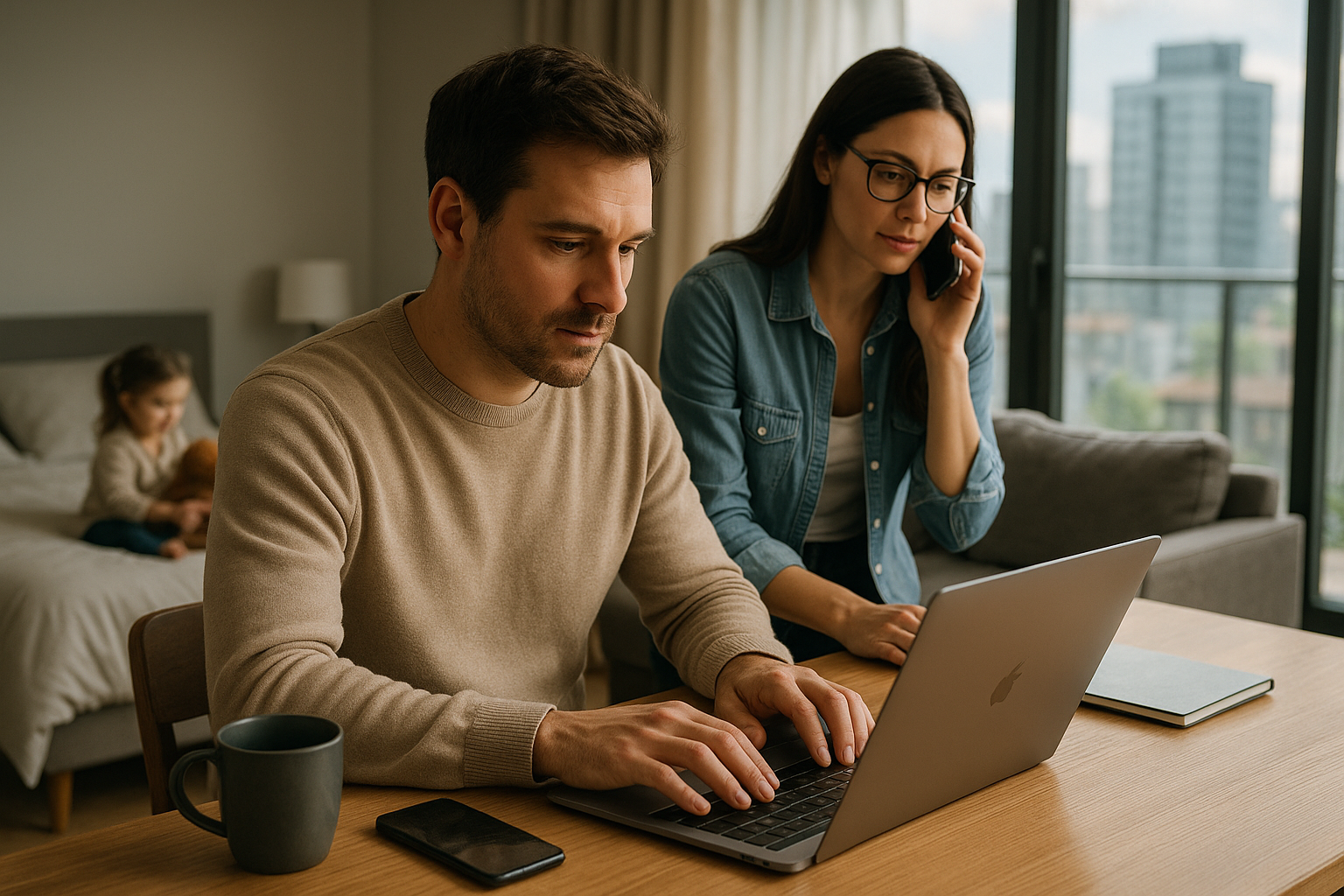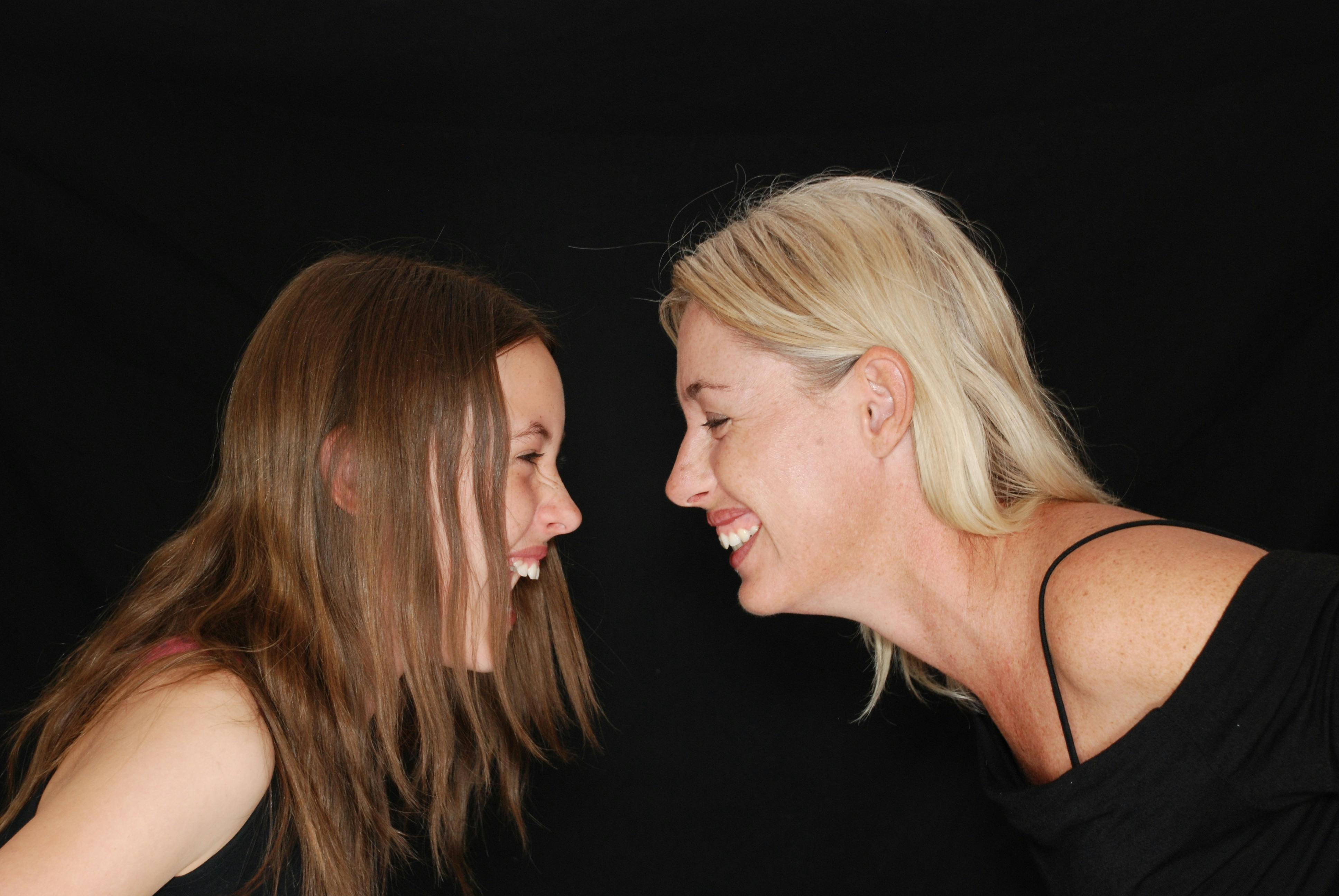Unraveling the Health Impacts of Blue Light Exposure
From the dawn of humanity until the invention of artificial lighting, the sun regulated our internal biological clocks. However, with the advent of electricity and, more recently, digital screens, our exposure to light—particularly blue light—has dramatically increased. Let's dive into the world of blue light, its effects on our health, and how we can navigate this integral part of our digital lives.

Blue Light: A Brief History and Scientific Developments
Blue light is a term used to describe a portion of the visible light spectrum that emits short-wavelength, high-energy light. It’s not a modern phenomenon; it’s always been around us. The sky appears blue because short, high-energy blue wavelengths collide with the air molecules causing blue light to scatter everywhere.
However, the advent of digital screens and artificial lights has significantly increased our exposure to blue light, especially after sunset. Prolonged exposure to this light, particularly at night, has been linked to several health issues, prompting scientific interest in understanding its impact on human health.
Blue Light and Health: Current Trends and Research Insights
Research indicates that excessive exposure to blue light can suppress the production of melatonin, a hormone that influences sleep cycles. As a result, our circadian rhythm—our internal body clock—can be disrupted, leading to sleep disorders and various health issues.
Studies have also suggested a link between blue light and digital eye strain, a condition marked by symptoms such as dry and irritated eyes, blurred vision, eye fatigue, and headaches. However, while the research is compelling, it’s essential to know that all blue light exposure isn’t detrimental.
Blue light exposure during daylight hours can boost alertness, memory, cognitive function, and mood. It’s the balance that matters, and more research is needed to fully understand how we can best adapt to our increasingly digital lifestyles.
The Flip Side: Blue Light Therapy
Blue light also has therapeutic applications. It’s used in treating Seasonal Affective Disorder (SAD), a type of depression triggered by seasonal changes. Blue light therapy is also used to help shift workers or people with jet lag adjust their internal body clocks to new schedules.
This underscores the complexity of the blue light health equation—it’s not just about minimizing exposure but managing it effectively to harness potential benefits while mitigating risks.
Taking Action: How to Manage Blue Light Exposure
Understanding the effects of blue light is only half the battle; knowing how to manage its impact is critical. Here are some practical strategies:
- Limit Screen Time: Minimize the use of digital devices before bedtime to avoid melatonin suppression.
- Use Blue Light Filters: Many digital devices have settings that reduce blue light emission.
- Get Regular Eye Check-ups: Regular eye examinations can help detect any potential damage early.
- Follow the 20-20-20 Rule: Every 20 minutes, take a 20-second break and look at something 20 feet away to reduce strain on your eyes.
Fascinating Facts and Tips
- Blue light exposure in the morning can help set our biological clock for the day, supporting alertness and mood.
- Blue light isn’t the only culprit of digital eye strain. Screen brightness, font size, and viewing distance also play roles.
- Blue light therapy has been used to treat skin conditions like acne.
In summary, while our digital lifestyles have increased our exposure to blue light, understanding its effects and knowing how to manage it can help us navigate this challenge. The key lies in balancing exposure, harnessing its benefits during the day while minimizing potential harm during the night. This way, we can better adapt to the evolving interplay between technology and our health.




